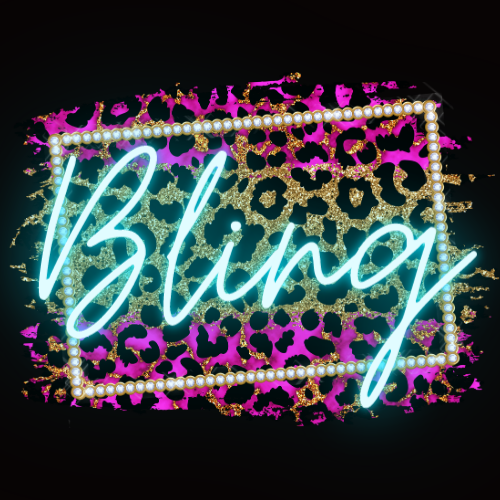Curing Plus Mani Do's & Don't with Gels
The Do’s & Don’t with Gels:
- Make sure your gels are fully cured by using a nail lamp of at least the recommended 100 watts & 365-405 nanometer (nm).
- Don't use cuticle oils or lotions following or after gel application. The gel industry has recently published information that applying cuticle oils or lotions on your cuticles immediately after curing your gels on your nails can trap any potential residual allergen ingredient and amplify its penetration into your skin. For this reason, Bling highly recommends not applying cuticle oils or creams immediately after applying gels.
- Don't use alcohol to remove dispersion layer. Recommended not to wipe the gel dispersion layer with alcohol. This spreads the uncured gel product on your skin also. Instead apply top coat over the gel (dispersion layer) to lock down the dispersion layer as best possible. After your final top coat, thoroughly wash your hands to removed residual gel ingredients. It is safer to wait to apply cuticle oils or lotions.
- Purchase new application tools so that you do not cross contaminate new applications and products.
- Don't use unsafe or inexperienced application methods.
- Don't use improper use, poor application, failed application methods.
- Don't use more than one brand at the same time as using Bling Products.
- Don't use a Nail lamp that is greater than 1 year old or not in good working condition.
- Don't use contaminated nail application or removal tools.
- Don't use acetone during application or to remove gels.
Gels require a UV/LED light to cure, a gel base coat for maximum adhesion (rubber base gels do not need a gel base) and a gel top coat for a shiny and protective finishing layer. Using our PH Bond and Acid Free Primer are optional, but the use of them can promote a stronger adhesion to your natural nails.
Cure Gels Thoroughly:
It is very important that you thoroughly cure your gels. One of the fastest ways to get gel allergies is to not fully cure your gels. Especially if you have them on or touching your skin. While Bling’s gels are very clean and eliminate the worst of the allergen ingredients, people can become allergic to any gel ingredients if not properly applied to your nail, aka not thoroughly cured. Additionally, in order to have the gel adhere well to your nail, it needs to fully cured. Bling's Rubber gels should be firm and only slightly pliable. If they're gooey or bendable or peeling or anything short of firm, attached and only slightly bendy they're not curing well. 48-watt lamps do not appear to be sufficient these days. I know historically 48-watt lamps were the industry standard for basic gels. But because the output through the lights is different than wattage into the lamp, with 48 watts worth of electricity going in, the energy coming out of the lamp may not really be 48 watts, it could be less. There's no industry standard controlling how these lamps are made or how well they work. It is very important to have a strong lamp. Therefore, Bling recommends 100+ Watts & 365-405 nanometers (nm) for advanced gels. 100+ Watts should be sufficient to cure any gels. Lamps are very inexpensive these days. You don't have to buy the most expensive lamp out there.
If you do experience an allergic or sensitivity reaction, removed all gel products and contact your physician.
